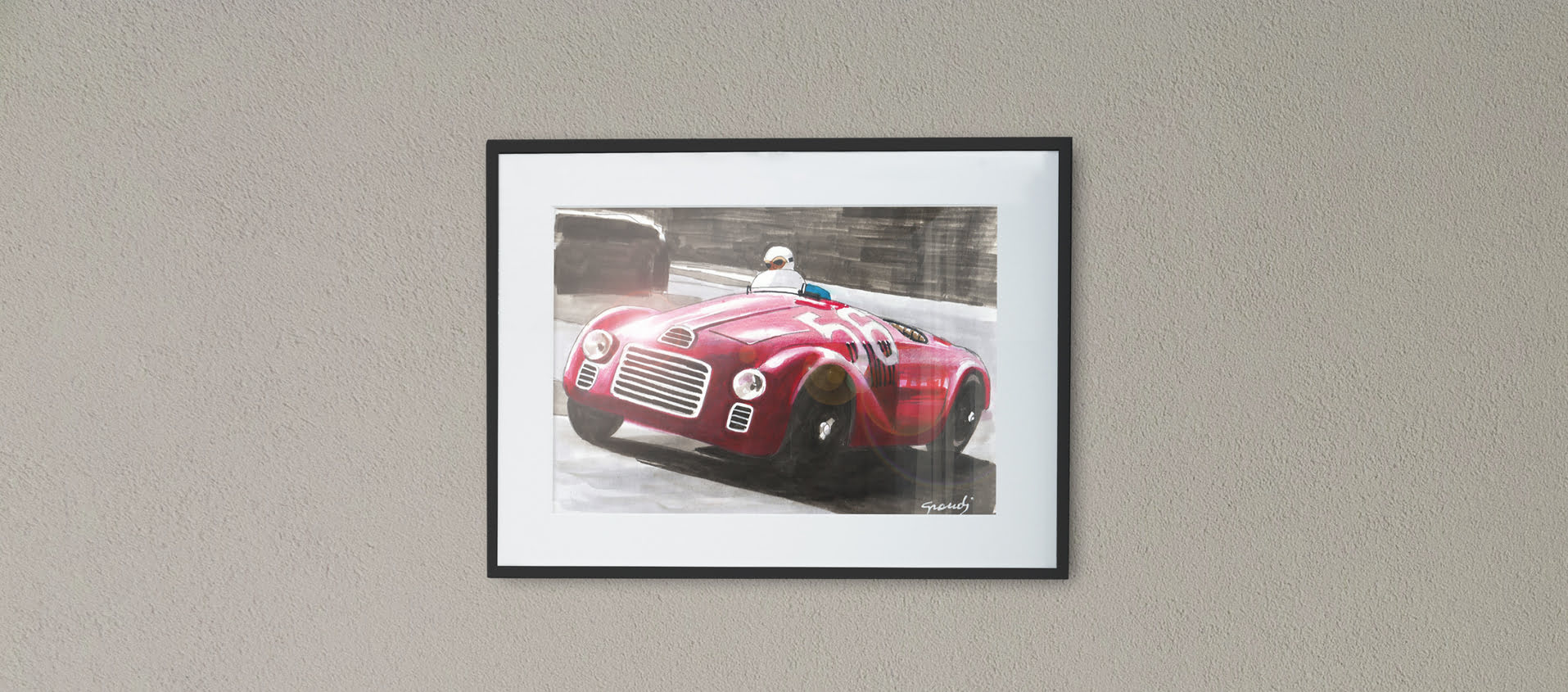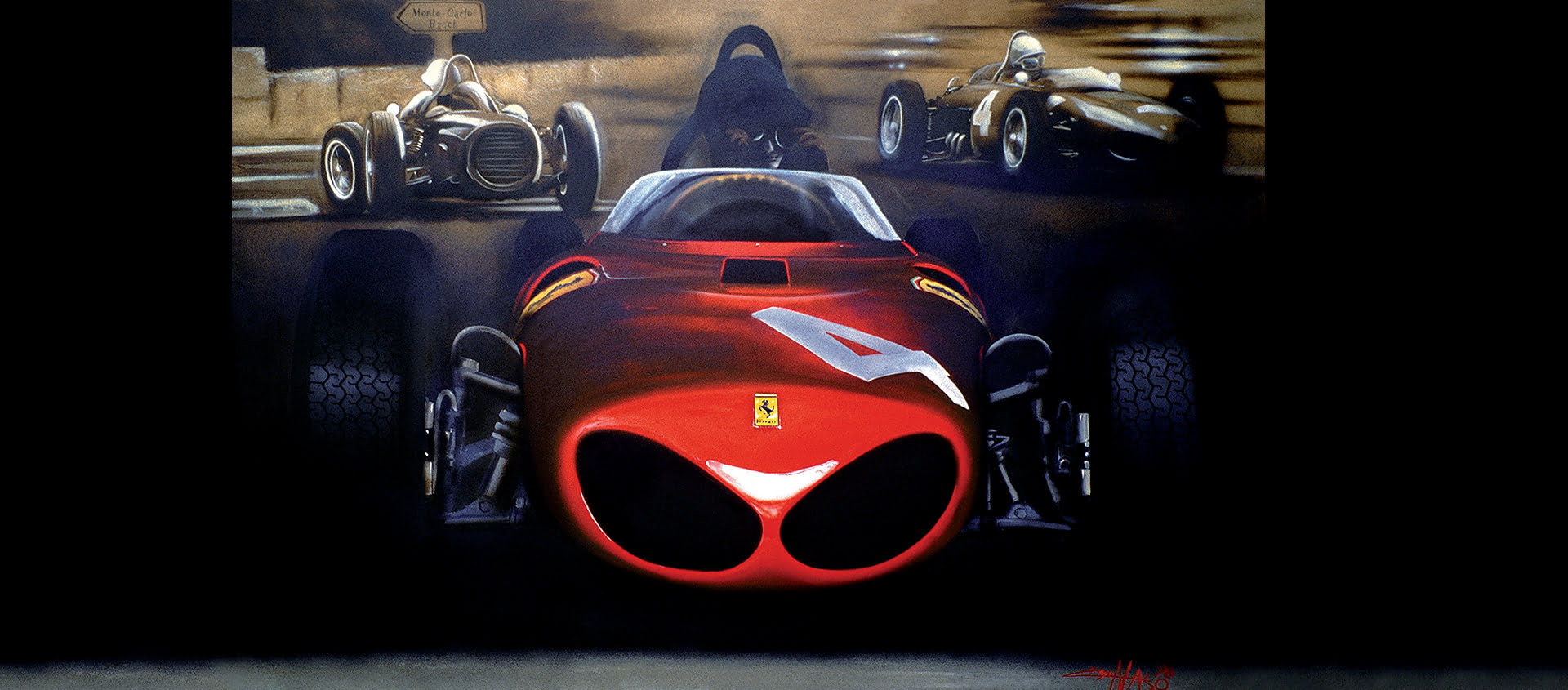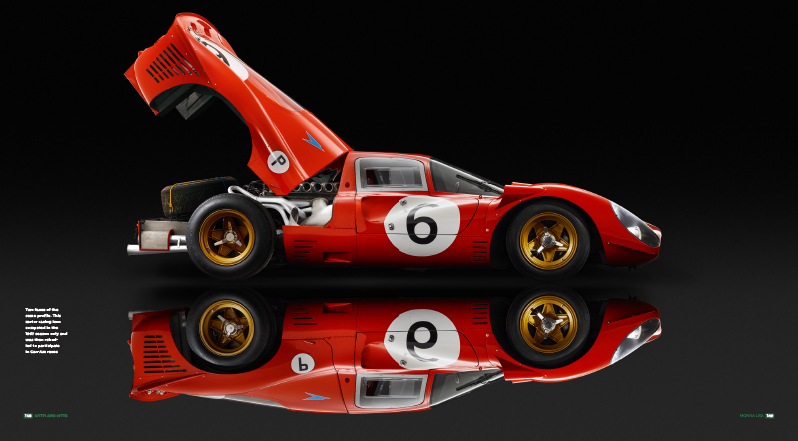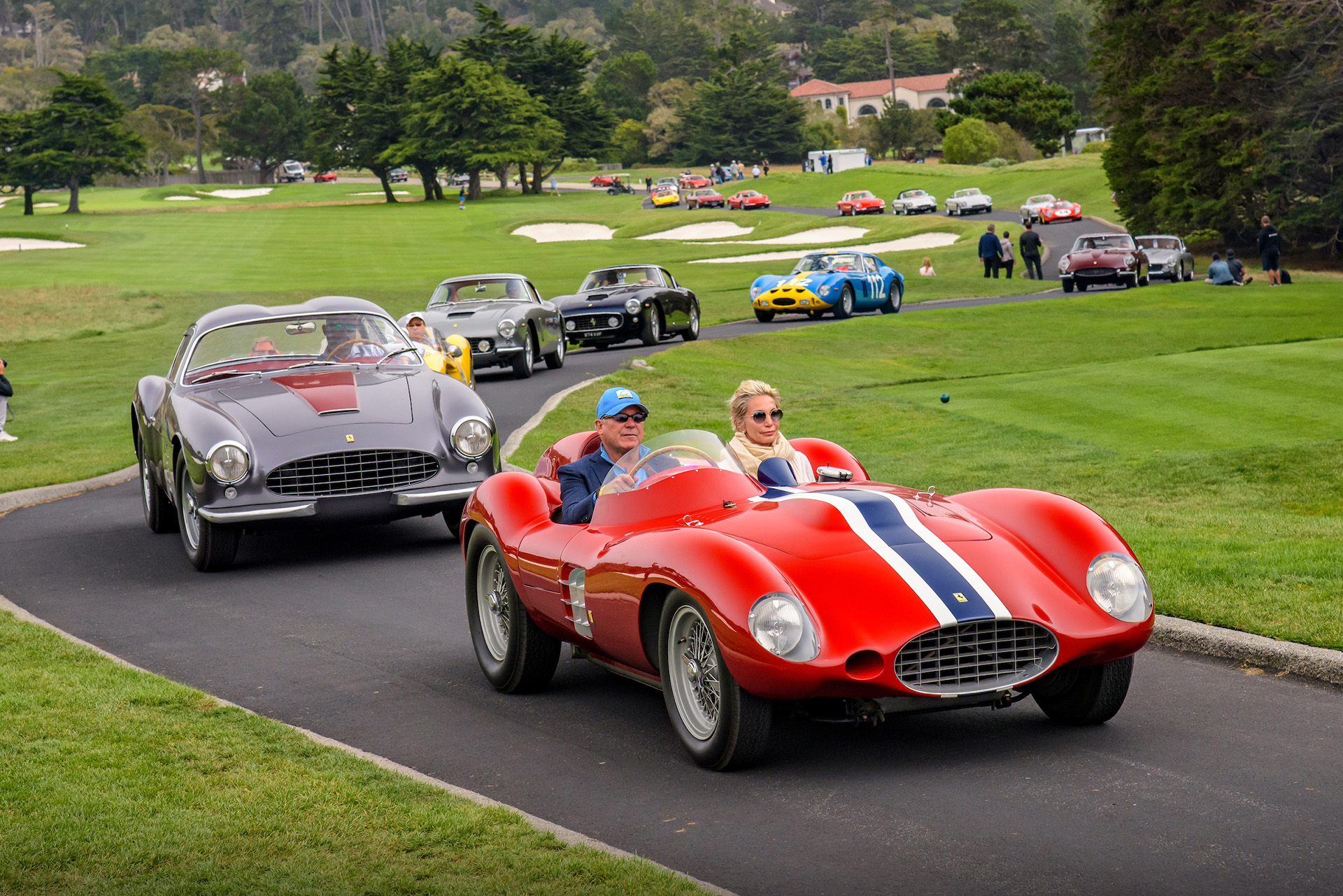1947. Ferrari. At last!
22 February 2021 3 min read 10 images

This is not a paradox: unlike the First World War that had scarred him with the tragedy of losing both his father and his brother Alfredo, the Second World War was an unexpected boost for Enzo’s ambition to become a manufacturer in his own right. For starters, it allowed him to respect the four-year ban on building cars under his name and his Cavallino agreed with Alfa Romeo, which had tolerated the two 815s he built, although they would have protested had he continued to produce them.
Register to unlock this article
Signing up is free and gives you access to hundreds of articles and additional benefits. See what’s included in your free membership. See what's included in your free membership.
Already have an account? Log In


